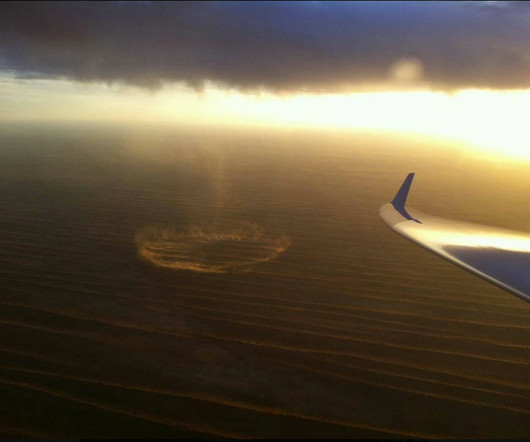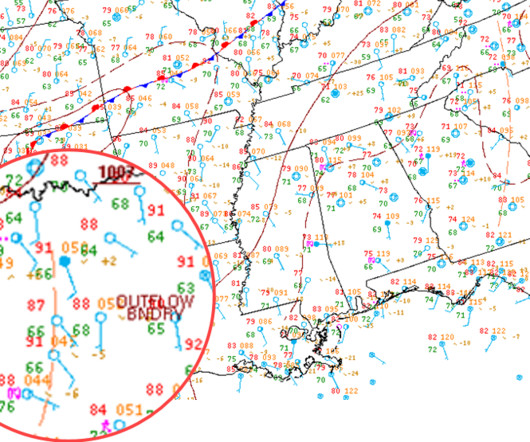Turbulence
Air Facts
OCTOBER 14, 2024
Turbulence Air Facts Journal Space is infinite in its complexity. And tampering our mental reserves with turbulent mischief. Turbulence is unpredictable. All three axis of an aircraft are subject to the vagaries of turbulence. Space is also infinite in its potential. And there in lurks the adventure.















Let's personalize your content